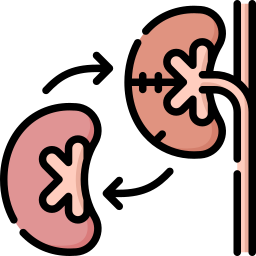
Dr. Mayank Bhandar is the head of renal transplant unit at the Fiona Stanley Hospital, Perth and Dr Marwan Idrees is a transplant and donor nephrectomy surgeon working at Fiona Stanley Hospital, FSH. have extensive experience in living and cadaveric donor kidney transplantations. They routinely perform renal transplant surgeries for patients with end-stage renal failure. A kidney transplant is a surgical procedure in which a healthy kidney from a living or deceased donor is placed into a patient whose kidneys no longer function properly. Patients can be evaluated and worked up for transplant surgery after consultation with Dr. Bhandari and Dr. Idrees.
In addition to transplant services, Dr. Bhandari and Dr. Idrees also provide peritoneal dialysis catheter insertion. This involves surgically placing a soft plastic tube into the abdomen via key-hole surgery (laparoscopy) to enable dialysis. Dialysis is a vital treatment for patients whose kidneys are not functioning adequately, helping to remove waste, excess salt, and fluid from the body, while also supporting blood pressure control. The catheter insertion is typically performed as a day procedure or may require an overnight stay, depending on the patient’s condition.
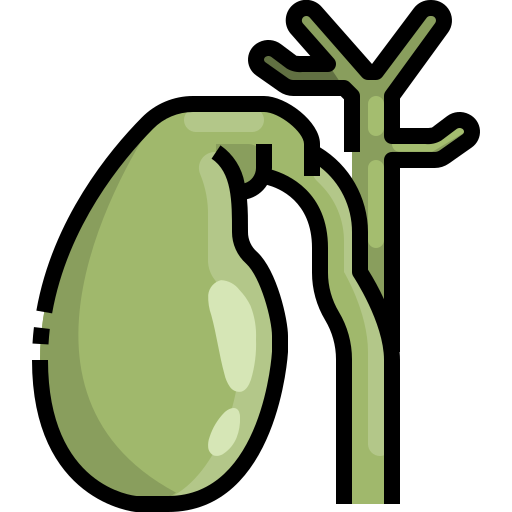
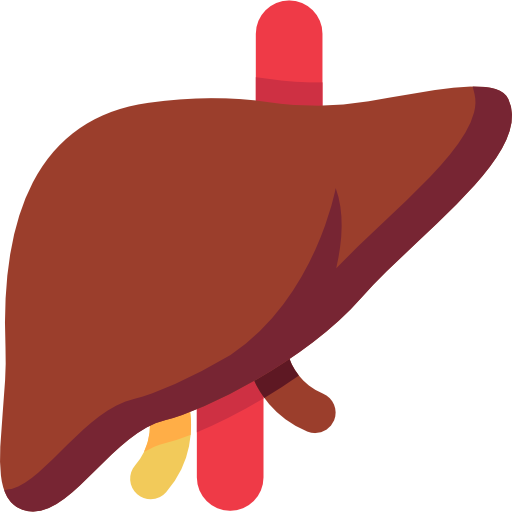
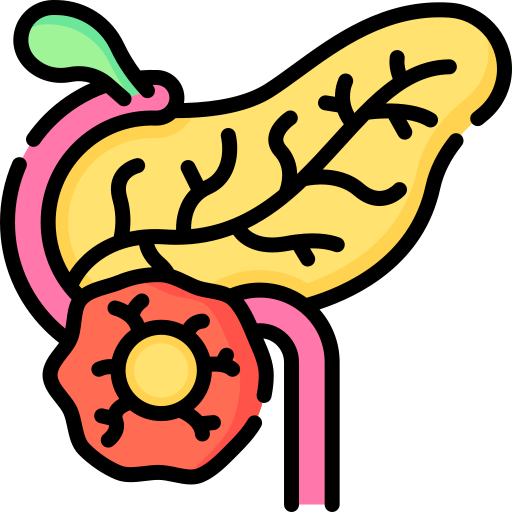
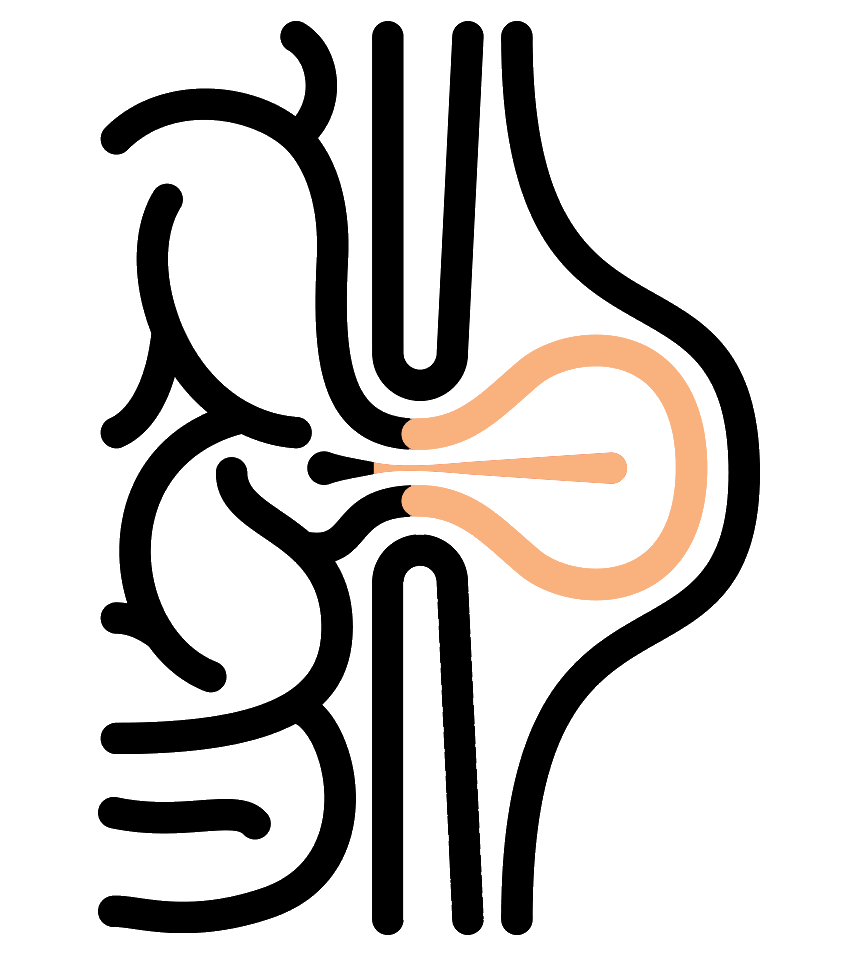
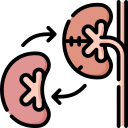
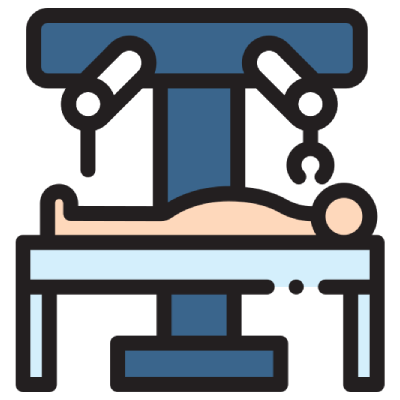
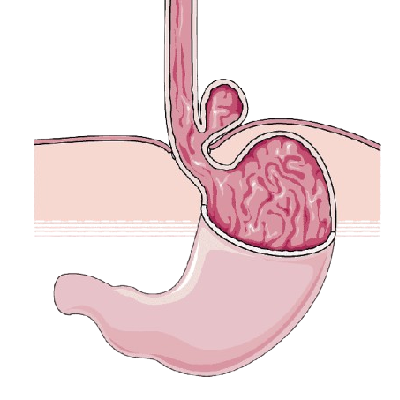
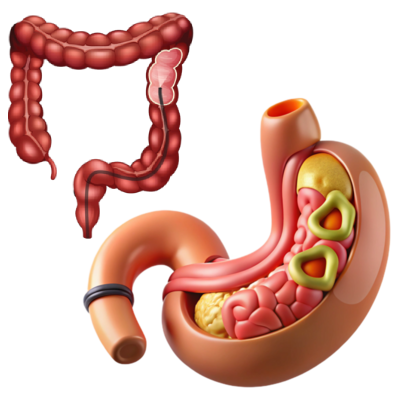
Dialysis can be done in a hospital, in a dialysis unit or at home.
There are two types of dialysis:
Haemodialysis and peritoneal dialysis.
In haemodialysis, a dialysis machine is used to remove waste and extra chemicals and fluid from your blood. To have haemodialysis a fistula is usually required. Each haemodialysis treatment lasts about four hours and is done 2-3 times per week.
In this type of dialysis, your blood is cleaned inside your body. Our Surgeons will perform surgery to place a plastic tube called a catheter into your abdomen (belly) to make an access. During the treatment, your abdominal area (called the peritoneal cavity) is slowly filled with dialysate through the catheter. The blood stays in the arteries and veins that line your peritoneal cavity. Extra fluid and waste products are drawn out of your blood and into the dialysate. There are two major kinds of peritoneal dialysis – Continuous Ambulatory Peritoneal Dialysis (CAPD) and Automated Peritoneal Dialysis (APD).
Continuous Ambulatory Peritoneal Dialysis (CAPD) is the only type of peritoneal dialysis that is done without machines. You do this yourself, usually four or five times a day at home and/or at work. You put a bag of dialysate (about two quarts) into your peritoneal cavity through the catheter. The dialysate stays there for about four or five hours before it is drained back into the bag and thrown away. This is called an exchange. You use a new bag of dialysate each time you do an exchange. While the dialysate is in your peritoneal cavity, you can go about your usual activities at work, at school or at home.
Automated Peritoneal Dialysis (APD) usually is done at home using a special machine called a cycler. This is similar to CAPD except that a number of cycles (exchanges) occur. Each cycle usually lasts 1-1/2 hours and exchanges are done throughout the night while you sleep.
A kidney transplant is a surgical procedure to place a healthy kidney from a live or deceased donor into a person whose kidneys no longer function properly (end stage renal disease).
Common causes of end-stage renal disease include:
Types of kidney transplantation.
During the transplant operation, a new kidney is implanted through an incision in your lower abdomen. It is standard practice to leave your own kidneys in place. Blood vessels of the new kidney are attached to blood vessels in the lower part of your abdomen, just above one of your legs. The new kidney’s ureter is connected to your bladder.
Post operatively, new kidney will make urine like your own kidneys did when they were healthy. Often this starts immediately. In some patients it may take several days. Most kidney transplant recipients can return to work and other normal activities within three to eight weeks after transplant.
Patients will have to take a number of medications after kidney transplant. Drugs called immunosuppressants (anti-rejection medications) help keep your immune system from attacking and rejecting your new kidney. Additional drugs help reduce the risk of other complications, such as infection, after your transplant.
All patients have regular blood tests.
Your message has been sent successfully…
